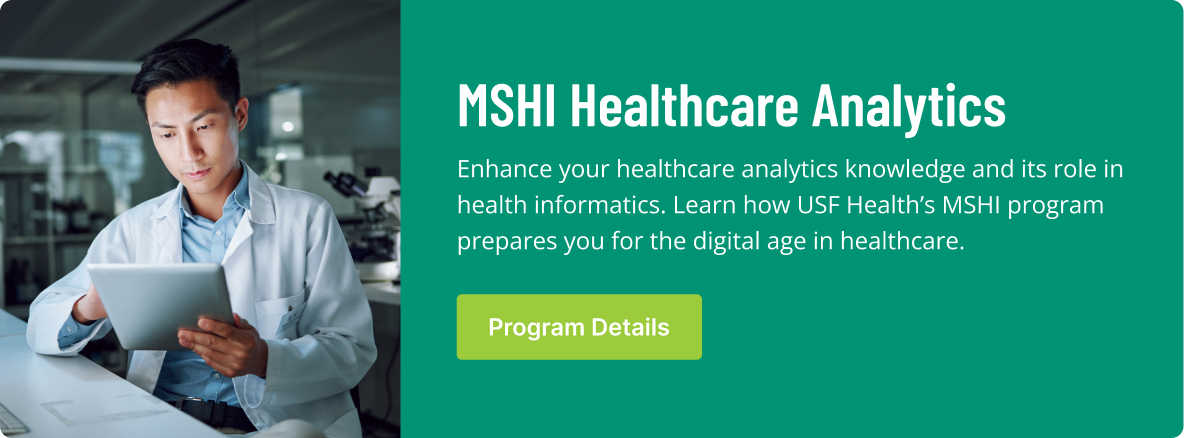Health systems of many organizations continue to pursue strategies to transform the economics, operations and outcomes of patient care. Organizations have done this through the application of new data analytics models. There are a handful of popular organizational models that are commonly seen.
Centralized Data Models
The centralized model of data organization consists of consolidating all data analytics teams into one unit. That team is responsible for all the analytics, forecasting and modeling tasks the organization requires. Data analysts cooperate with one another toward the same projects, communicate their findings with other departments and help structure the data according to the same set of standards and protocols.
Centralized models can amplify data insights for healthcare institutions of all sizes, but it can inevitably become inflexible as the size of the organization grows and may struggle to keep up with technological innovation. Without hiring more data analysts at a concordant pace, it’s common for the size and complexity of data structures to exceed capabilities.
Decentralized Data Models
Decentralized organizational models often appear organically as healthcare institutions develop. With accumulating data, there’s a paramount need to organize, structure and analyze disparate sources to find patient insights and set healthcare agendas. These tasks can naturally fall to those with a predilection toward data science without any conscious effort to form a team around it.
There are some drawbacks to this model. The lack of organization and reliance on a few core team members can place a lot of weight on their shoulders. It’s easy for inefficiencies in insight collection, data reporting or communications with other departments to occur. Moreover, the absence of clear protocols can create inconsistency and confusion throughout the organization.
Compared to centralized models, decentralized models are more flexible and can respond rapidly to innovation and needs. For example, data scientists can be embedded within a patient care team to help identify and quantify the specific needs of their patients. They could also work with public relations teams to create more engaging messaging for patients.
The key to success in this type of organizational model is ensuring that there are clear lines of communication between departments.
Center of Excellence Data Model
Every department of a healthcare institution has its own independent needs for data storage and analysis. While departments work together for the overall organization, not all data will be relevant at the macro level used by executives, just as data collected in cardiology may have only limited relevance to podiatry.
Placing data scientists into different departments at multiple hierarchies is an effective means of managing big data in the institution. Each data scientist can specialize in data analytics for their specific department, acting as a foundational support role for other healthcare professionals and communicating insights in a relevant, time-sensitive way.
Organizations using the Center of Excellence model (CoE) can also benefit from the ability to focus their data science efforts on specific domains, such as clinical care or financial performance. This allows for a more strategic approach to the development of data science teams and can help them better align with organizational goals.
In short, CoE allows data professionals to communicate from one department to another and report to the chief data analyst for the organization. This has marked advantages for the institution, providing focused data analysis in each individual department while still funneling the most relevant insights up the chain of command.
Democratic Data Models
Democratic models are another evolution of the models previously discussed. They can incorporate elements of all of the others but also give each member of the healthcare organization access to data storage and analysis tools.
With so many minds having access to data insights, organizations can foster a data culture in which everyone incorporates their own insights into their decision-making process.
Democratic data models can also be used to foster a culture of innovation and creativity. This is because everyone has access to data insights, so they can brainstorm new ideas or identify opportunities for improvement within their organization.
The lack of specialization, however, can create bottlenecks. Unclear protocols can introduce confusion and not having a clearly defined agenda, one that everyone is following, can make it harder to address important issues.
Federated Data Models
Federated models operate as an evolution of the Center of Excellence model. Like CoE, federated data models position data professionals in each department where they can be most effective. However, the institution also takes a page from the centralized models and includes an “elite” data team in reserve to deal with unique or especially complex problems.
Federated models have the advantage of flexibility. Having a power team always available means that there are few problems the institution can’t handle, no matter how large or complex their operations grow.
However, there are complications with doing things this way. First, it can be costly to have a team of data professionals on standby. The nature of the job means that these are some of the most experienced, highly qualified professionals on your roster. You get what you pay for, but you might not always have a need for their services, and this can create a strain on an organization’s budget if not carefully managed.
Second, this model requires a great deal of communication and coordination. The central team needs to develop and maintain an understanding of the different data architectures used across the entire institution. Other departments, in turn, need to communicate with the central team when there are problems. It’s easy for breaks in the chain to prevent vital information from being sent where it needs to go.
Adapting Data Models to Different Healthcare Needs
There are many models, each suited to different kinds of healthcare domains and needs. However, there is not a “one size fits all” model. It is up to data analytics teams to understand the overall strategic goals for an organization, work with hospital leaders and determine which model is most appropriate for their circumstances.
USF Health offers both a CAHIIM accredited MSHI Healthcare Analytics and SAS Approved Graduate Certificate in Healthcare Analytics. These programs offer a strong foundation in the use of data analytics for healthcare organizations including how to best implement new technology systems in order to improve efficiency and productivity.
For a more visual breakdown of the five organizational models, check out our infographic.




